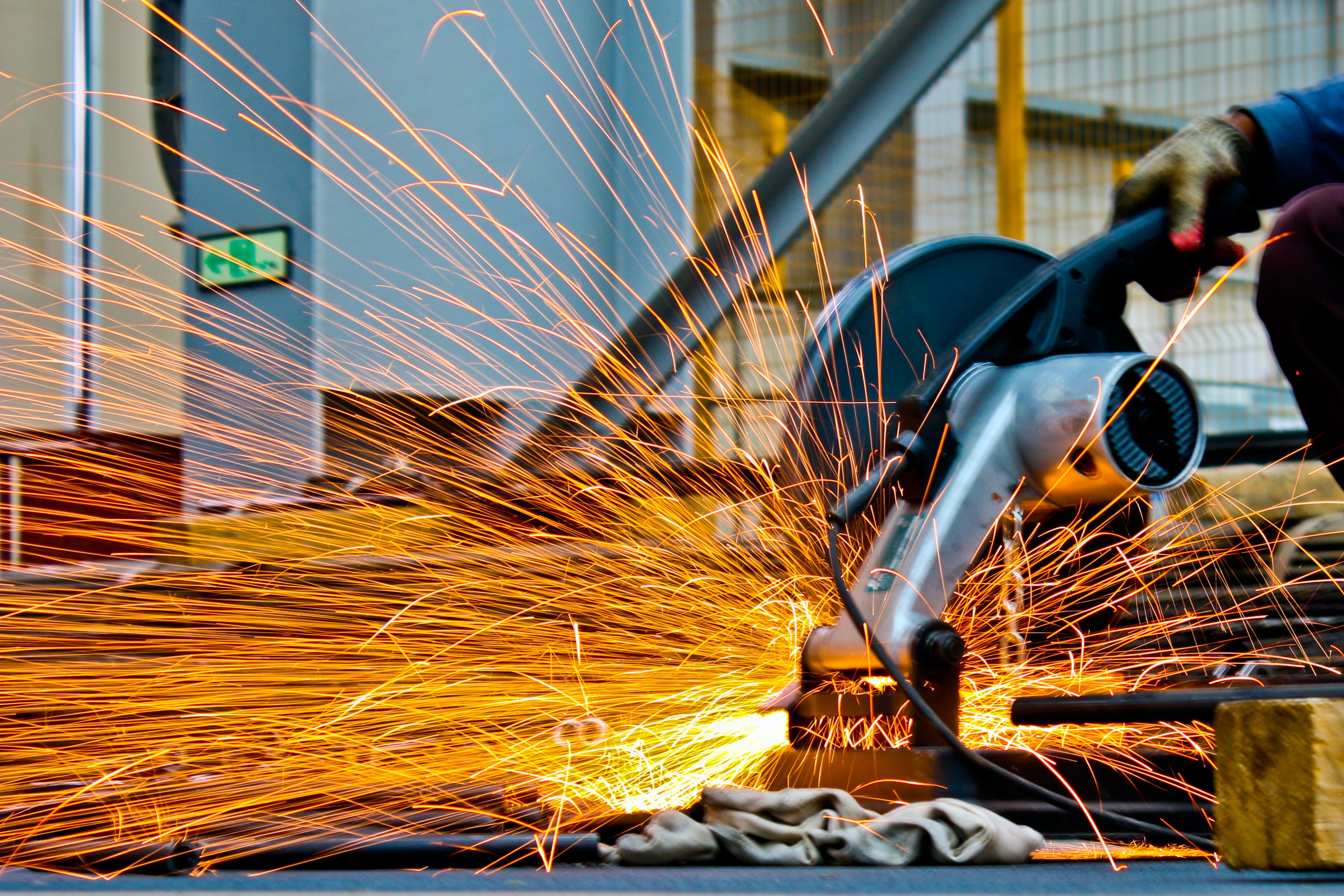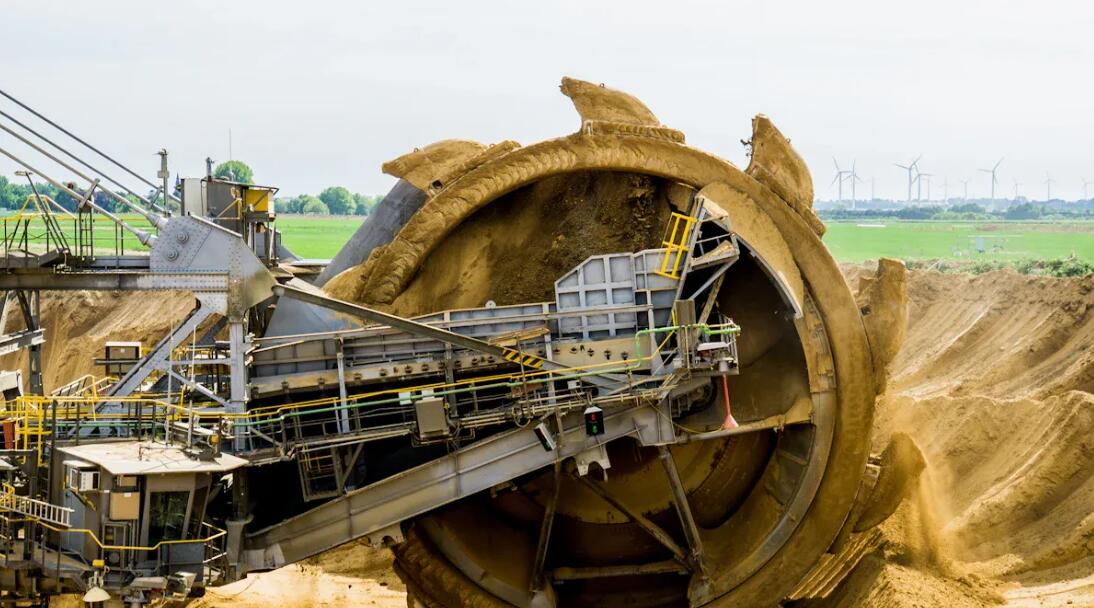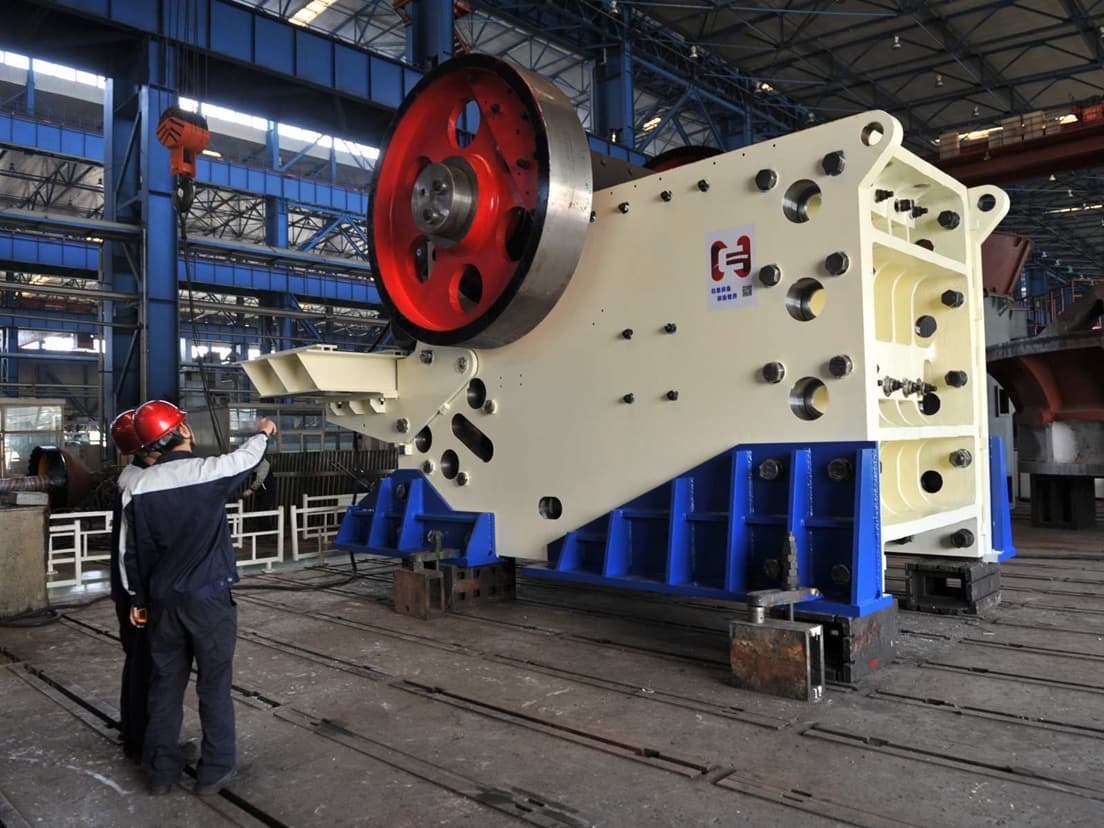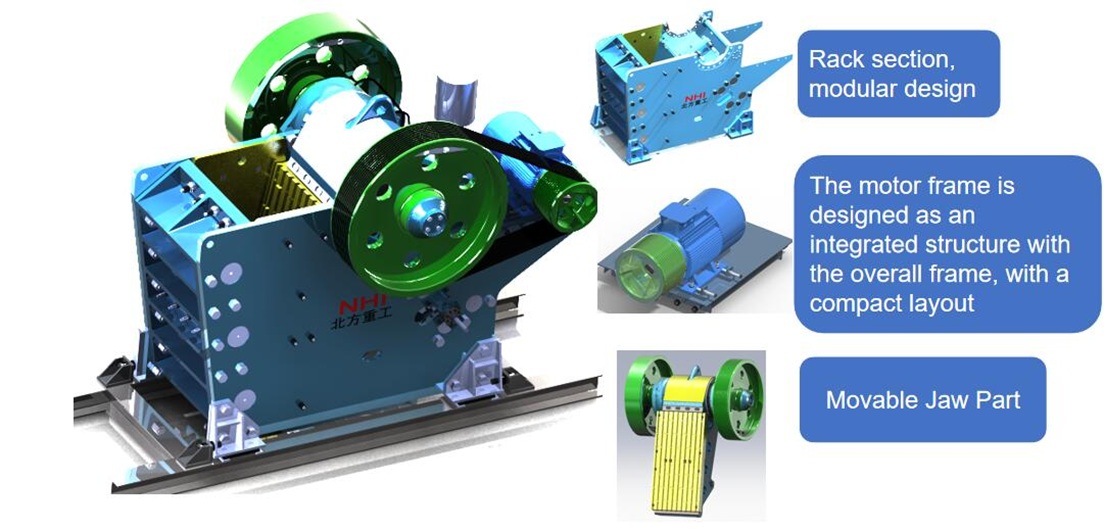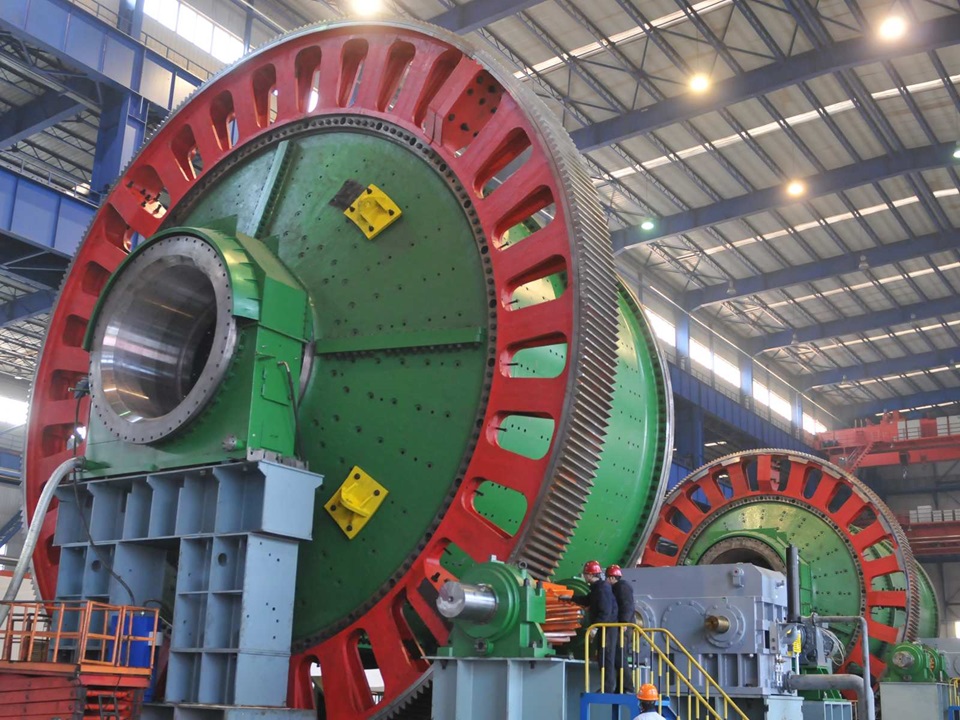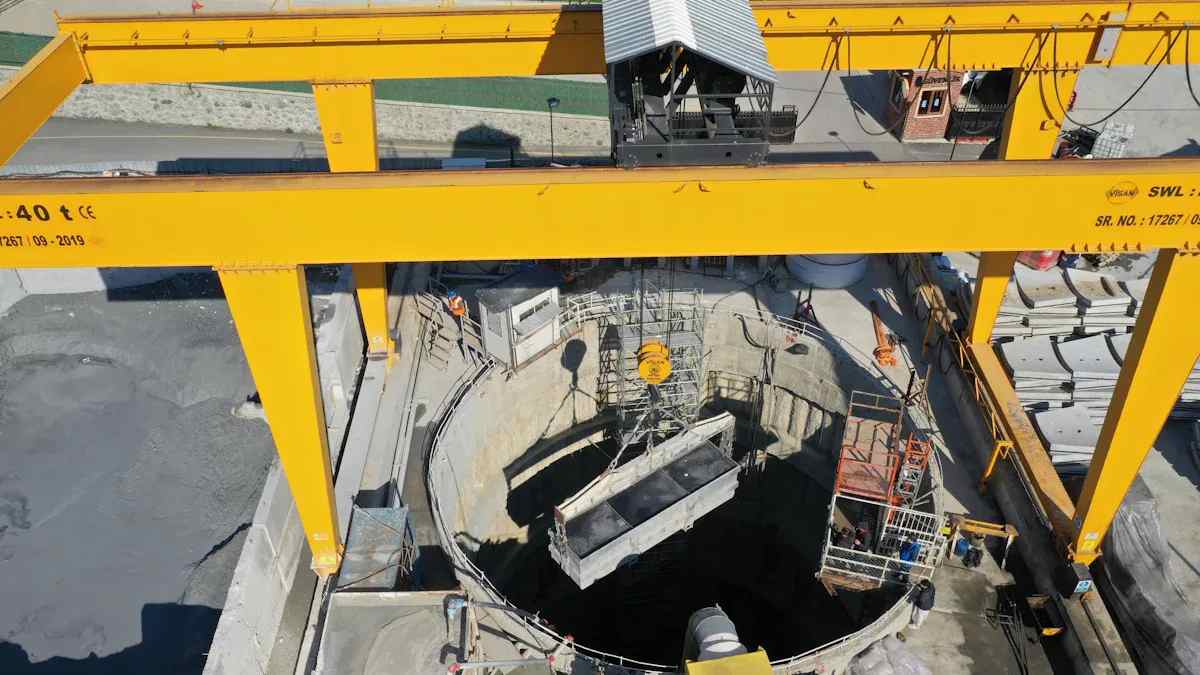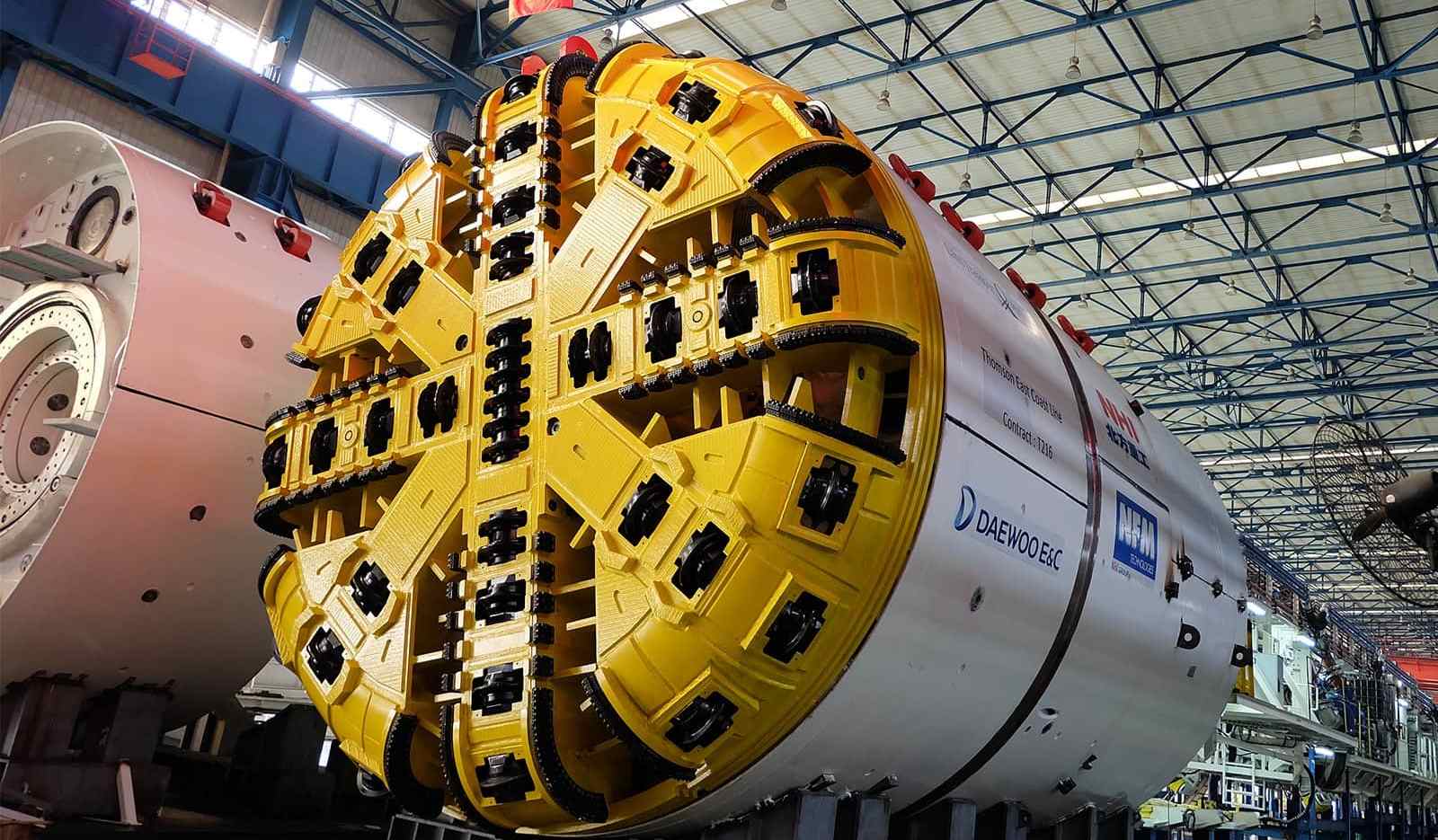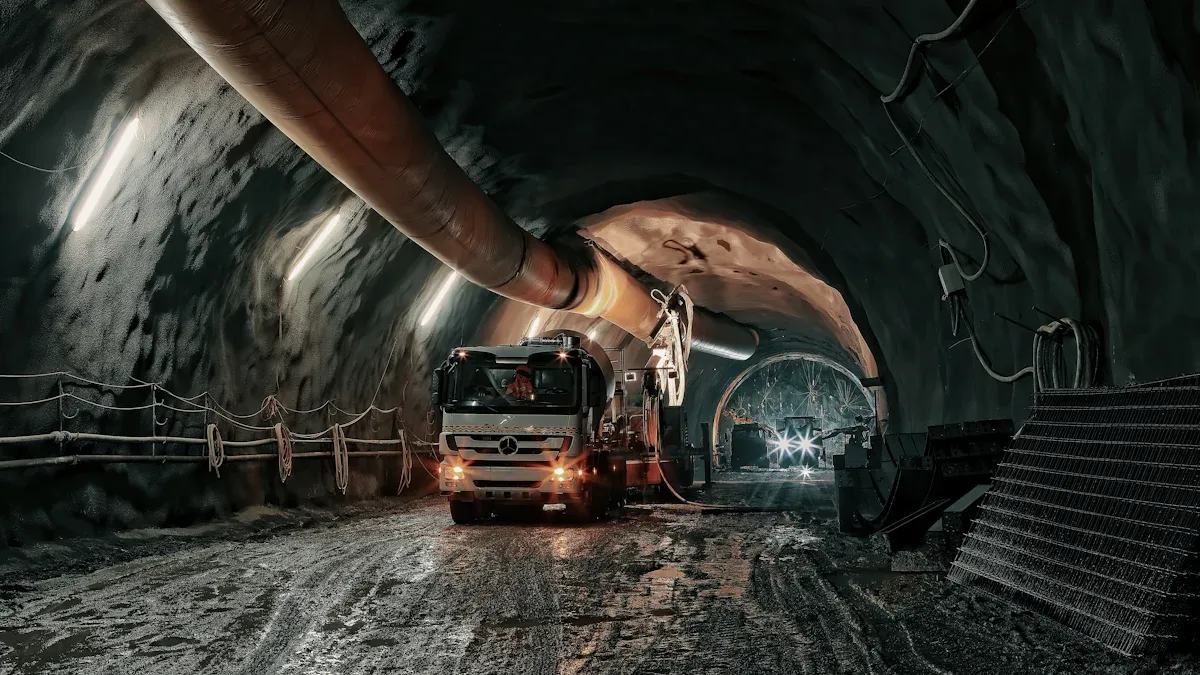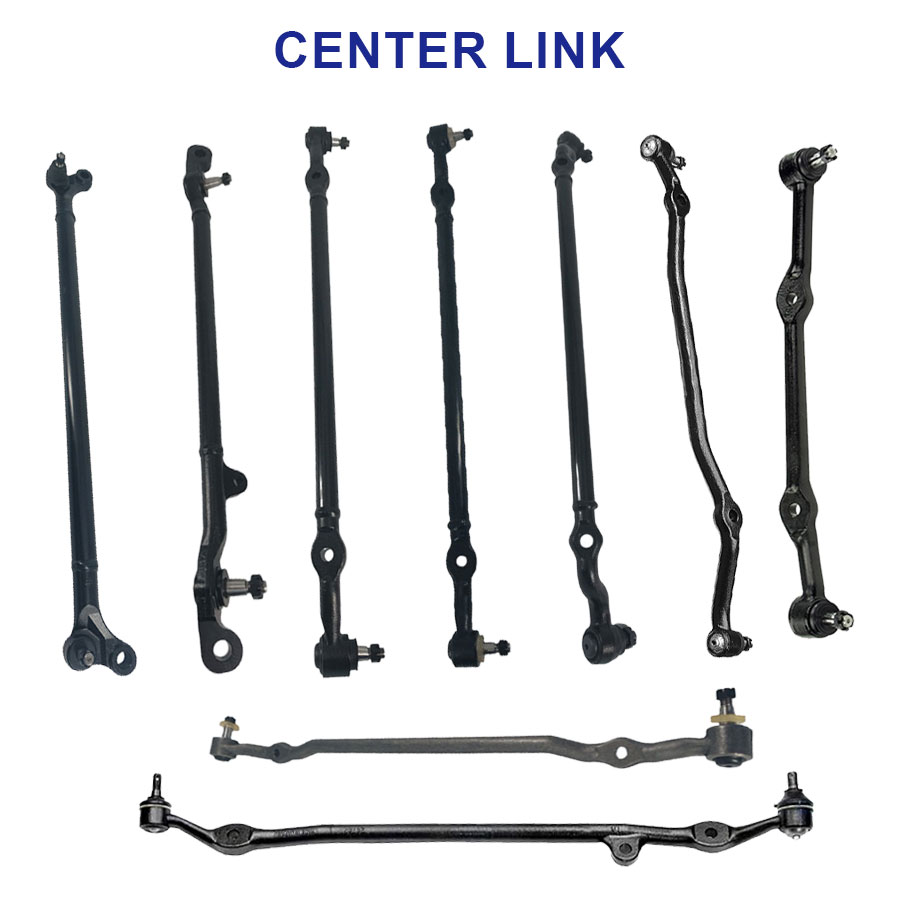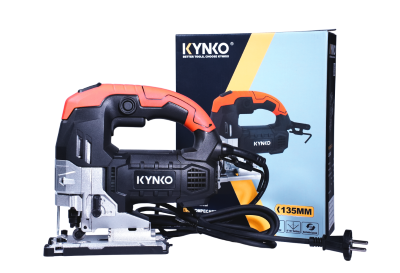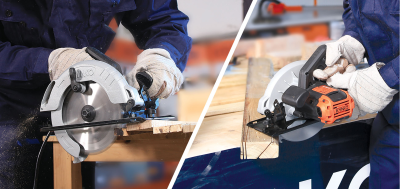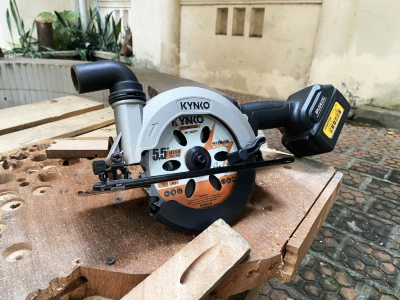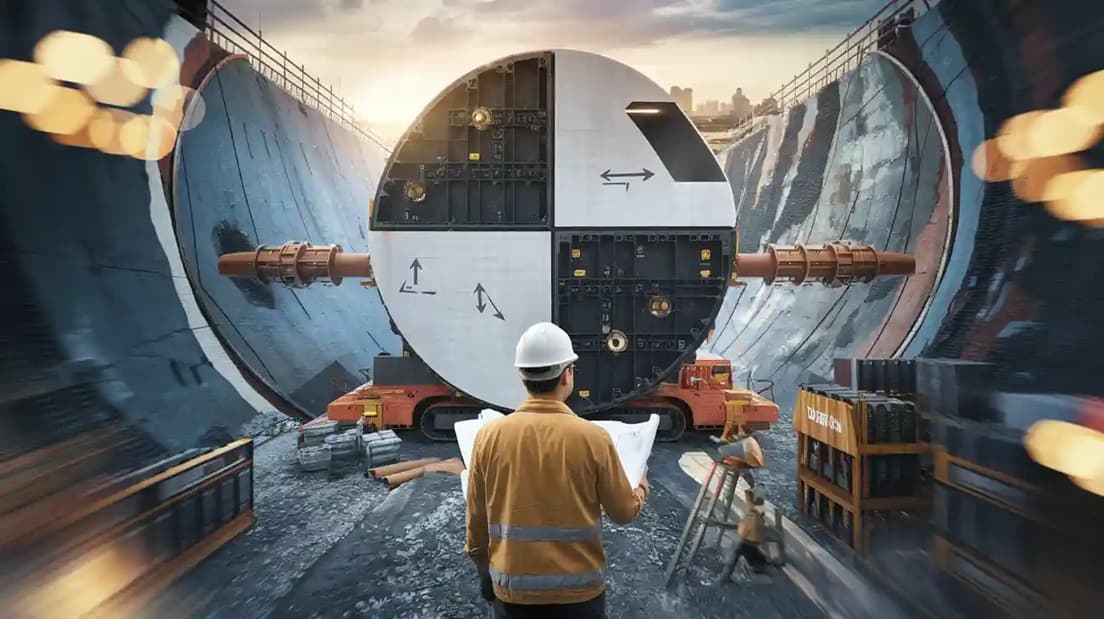
You should pick the best dual mode tunnel boring machine for your project. Make sure its features fit your engineering and project needs. The right TBM helps avoid many problems in tunnel and infrastructure work. Look at the table below. It shows what can happen if you choose the wrong TBM. You might have tunneling problems, less work done, ground problems, rock bursts, or more equipment damage.
|
Project Outcome
|
Description
|
|
Tunneling Difficulty
|
The ground can fall in easily. This happens with sandy soil and weak rock.
|
|
Reduced Construction Efficiency
|
Water leaks and gushes can slow down the work.
|
|
Ground Instability
|
The ground can fall or sink. This is worse in karst caves.
|
|
Risk of Rock Burst
|
Deep tunnels with lots of pressure can have sudden rock bursts.
|
|
Increased Wear on Equipment
|
Hard rock makes disc cutters wear out faster and need more fixing.
|
Key Takeaways
-
Look at your project and site very closely. Knowing the ground types helps you pick the right TBM for mixed ground.
-
Make a clear budget and timeline. Dual-mode TBMs can save money and time. They work in different ground types without needing more machines.
-
Put safety and rules first. Make sure your TBM follows local safety rules. This keeps your team and equipment safe during tunneling.
-
Check the technical details and how well it works. Match the TBM's features to what your project needs. This helps tunneling go well and fast.
-
Keep up with new technology trends. Adding smart features can make your TBM work better and safer.
Key TBM Selection Factors
Project and Site Assessment
You need to start with a clear look at your project and site. Every construction site has its own ground conditions. Dual-mode TBMs work best when you face mixed ground, like clay, sand, and rock in one tunnel. You can switch between open and closed modes to handle these changes. This helps you keep the tunnel stable and your work efficient. Many projects in infrastructure need this flexibility. When you plan, check the ground types and think about how the TBM will move through each layer.
Tip: Mixed ground can change your TBM specifications and tunnel support design. Always match your machine to the site.
Here are some important factors to consider:
|
Factor
|
Description
|
|
Machine Type and Application
|
Pick a TBM type that fits your ground conditions.
|
|
Performance and Functionality
|
Look at advance rate, cutterhead power, and thrust capacity.
|
|
Technical Specifications
|
Make sure diameter, weight, and cutterhead type fit your project and logistics.
|
|
Build Quality and Durability
|
High-quality materials help your TBM last longer and need less fixing.
|
|
Safety Standards and Certifications
|
Safety rules protect your team and equipment during tunneling.
|
|
Advanced Technologies
|
Automated systems make your TBM work better in tough ground.
|
Budget and Timeline
You must set a clear budget and timeline for your projects. TBMs cost a lot, so you need to plan for both buying and running the machine. Dual-mode TBMs can save money because they work in many ground types. This means you do not need to buy two machines for one tunnel. You also finish your construction faster because you switch modes instead of stopping work. Always check how much time each step will take and how much each part will cost.
-
Dual-mode TBMs help you manage costs in mixed ground.
-
You finish projects faster when you use one TBM for many ground types.
-
Planning your budget and timeline helps you avoid delays and extra costs.
Safety and Compliance
Safety matters most in all projects. You must follow strict rules to keep your team safe. TBMs need enough space for workers and rescue gear. You also need backup power and air scrubbers to remove dangerous gases. These rules protect everyone in the tunnel and help you pass inspections.
|
Requirement
|
Details
|
|
Chamber Floor Area
|
At least 0.75m² per person, 1.6m headroom, and 1.5m³ per person, plus 2m³ for rescue equipment.
|
|
Backup Power Supply
|
Must last 24 hours in standalone mode with no breaks.
|
|
CO and CO2 Scrubber
|
Removes harmful gases and keeps air safe to breathe.
|
Note: Always check local safety standards before you start your construction project.
Geological Considerations for Dual Mode Tunnel Boring Machine
Ground Stability
You need to check if the ground is stable before tunneling. Stable ground lets your machine work safely and fast. If the ground is broken or has blocks, you might have problems. Progress can slow down, and the cutter can wear out. You can use tools like RQD and joint spacing to measure rock mass. These tools show how much the rock is broken. With a dual mode tunnel boring machine, you can change settings for the ground. This helps keep the tunnel safe and stops too much digging. In deep city tunnels, ground stability is even more important. You work under roads and buildings.
Tip: Always look at ground stability reports before setting up your TBM.
Water Inflow
Water coming in can stop work or hurt your equipment. You should find out how much water is in the ground first. If there is lots of water, you need pumps and seals. Water can make the ground weak and cause delays. Test for water at different depths before starting. This helps you choose the right support for your tunnel. Good planning keeps your team safe and your project on time.
|
Water Risk Level
|
Action Needed
|
Impact on TBM Operation
|
|
Low
|
Basic sealing
|
Minimal
|
|
Medium
|
Extra pumps
|
Possible slowdowns
|
|
High
|
Advanced waterproofing
|
Major delays, safety risks
|
Composite Strata Analysis
Many tunnels go through mixed ground like clay, sand, and rock. You need to study each layer before you start. Mixed ground can change fast, so you need a machine that can switch modes. A dual mode tunnel boring machine works well here. Use a full plan. Map the ground, test samples, and get ready for changes. This helps you avoid problems and keeps the tunnel safe. When you know the ground, you can set your machine for best results.
-
Study every ground layer.
-
Use maps and test samples.
-
Get ready for sudden ground changes.
Note: Careful geological checks help you pick the right TBM and save money.
Dual Mode Tunnel Boring Machine Types

EPB-Slurry Crossover TBMs
An EPB-Slurry crossover TBM works in many ground types. This dual-mode tunnel boring machine can switch between two modes. It uses earth pressure balance TBM mode and slurry balance dual-mode TBM mode. You get more choices and better control in mixed ground. These machines have features from both EPB and slurry TBMs. You can use them in clay, sand, or wet soils. They help keep the tunnel safe and stop delays.
-
You can change for different ground.
-
You can use both EPB and slurry modes.
-
You get good results in mixed ground.
Tip: EPB-Slurry crossover TBMs help you finish jobs faster and safer.
Hard Rock-Soft Ground TBMs
Sometimes tunnels have hard rock and soft ground. Hard rock double shield TBMs let you pick the right mode. You can use a cutterhead for hard rock. You can switch to closed mode for soft ground. These machines put in concrete pieces to hold up the tunnel. You get less waiting and better safety. You do not need two machines for one tunnel.
Here is a table with a common dual mode tunnel boring machine type:
|
Type of TBM
|
Mode of Operation
|
Features
|
|
EPB-Double Shield Universal TBM
|
Double Shield Mode (rock) and EPB Single Shield Mode (soil)
|
Works well in mixed ground; can use screw or conveyor with doors.
|
Application Scenarios
You can use dual-mode tunnel boring machines in many jobs. They work well in soft ground and hard rock. You save money because you only need one machine. You also finish faster because you do not stop to change machines. These machines help keep your team safe and lower risks.
|
Application Scenario
|
Description
|
|
Soft Ground Tunneling
|
Dual-mode TBMs work well in soft ground and can handle different soils without a new machine.
|
|
Hard Rock Tunneling
|
They can switch to hard rock mode and dig in tough ground.
|
|
Cost Efficiency
|
Using one machine for many jobs saves money.
|
|
Time Efficiency
|
Changing modes quickly means less waiting and faster work.
|
-
You can use both open and closed modes.
-
You can dig with a cutterhead in open mode.
-
You can put in concrete pieces in closed mode.
-
You save time and make the job safer.
Note: Dual-mode tunnel boring machines give you more choices and help you fix problems in hard projects.
Evaluating TBM Options
Technical Specifications
You should look at technical details before picking a dual mode tunnel boring machine. Each TBM has special features. These features change how well it works in your tunnel. Check the diameter and cutterhead type. Look at thrust force and power too. These things help you choose the right machine for your digging job. See if the TBM can switch between open and closed modes. This lets you work in mixed ground and handle sudden changes.
-
Look at the cutterhead design for your digging job.
-
Check thrust and torque to see if the TBM can push through tough ground.
-
Make sure the TBM fits your tunnel size and plan.
Tip: Always match the TBM’s technical details to your project needs. This helps you avoid delays and keeps your work moving.
Performance and Speed
You want your TBM to be fast and safe. How well it works depends on the ground and the TBM’s design. Dual-mode TBMs let you change modes for the best speed in each layer. You can dig faster in strong ground. You can slow down in tricky places. The table below shows how tunneling speed changes with different rock types:
|
Rock Type
|
Average Tunneling Speed (mm⋅min− 1)
|
Coefficient of Variation (CV)
|
|
Shaly Sandstone
|
30.15 - 33.46
|
0.07 - 0.14
|
|
Shaly Sandstone and Coal Seam
|
23.20 - 31.83
|
0.22 - 0.23
|
|
Fine Sandstone
|
23.12 - 28.07
|
N/A
|
|
Coal Seam
|
17.66 - 21.58
|
N/A
|
|
Fine Sandstone and Medium Coarse Sandstone
|
20.11 - 27.06
|
N/A
|
|
Medium Coarse Sandstone
|
18.00 - 22.00
|
N/A
|
Shaly sandstone lets you dig fastest. Coal seam makes digging slower. With a dual-mode TBM, you can switch modes to keep your speed up and lower risks. You need good ground data to pick the best mode. This helps you finish your tunnel faster and avoid trouble.
-
Hybrid TBMs change modes to work better in different ground.
-
Changing the TBM for your ground helps you work faster.
-
Good ground info helps you pick the best mode for each tunnel part.
Durability and Maintenance
You want your TBM to last and not break down often. Maintenance keeps your TBM working and stops problems during digging. You can use different ways to care for your dual-mode TBM. The table below shows common maintenance methods and what they do:
|
Maintenance Strategy
|
Description
|
Impact on Durability
|
|
Time-Based Maintenance (TBM)
|
Scheduled maintenance based on time intervals
|
Ensures regular upkeep but may not address real-time issues
|
|
Condition-Based Maintenance (CBM)
|
Maintenance informed by real-time data and monitoring
|
Enhances durability by addressing issues as they arise, potentially reducing downtime
|
|
Preventive Maintenance
|
Proactive measures to prevent failures
|
Increases overall system reliability and lifespan
|
Condition-based maintenance uses sensors and data to find problems early. This helps you fix things before they stop your work. Preventive maintenance makes your TBM more reliable and helps it last longer. You should plan maintenance to fit your work schedule and tunnel length.
Note: Regular checks and smart care keep your dual mode tunnel boring machine working well and help you finish your projects on time.
TBM Features and Customization
Automation and Controls
Modern dual mode TBMs have smart automation and controls. These features help you work faster and safer. You can change from soft ground to hard rock modes easily. Just use a few simple commands. Automation means fewer workers are needed inside the tunnel. This makes the job less risky for everyone. You also get better control over speed and direction.
-
You can switch modes fast to match the ground.
-
The control system helps keep the tunnel straight and safe.
-
Automation makes work more efficient and saves money on workers.
Tip: Automated systems in a TBM help save money and avoid long delays.
Cutterhead Design
The cutterhead is at the front of the TBM. It breaks up the ground as the machine moves. Its design affects how well the TBM works in different soils and rocks. You need a cutterhead that fits your project’s ground types. In weak rocks, a smaller gap helps move muck out faster. In hard or blocky ground, fewer openings and flexible disc cutters help reduce wear and save money.
-
A good cutterhead design stops clogging and keeps work moving.
-
Bigger cutters and smart layouts mean less time fixing things.
-
The Hallandsas tunnel project showed the right number of openings can stop blockages in pressurized tunnels.
Note: Always pick a cutterhead design that matches the ground. This keeps your machine working well.
Support Systems
Support systems keep your tunnel safe and your TBM working well. These include ventilation, power backup, and muck removal. You need strong support for changing ground and water. Good ventilation keeps air clean for workers. Power backup lets you keep working if the main power fails. Muck removal systems clear out broken rock and soil fast.
|
Support System
|
Purpose
|
Benefit
|
|
Ventilation
|
Keeps air fresh and safe
|
Protects workers’ health
|
|
Power Backup
|
Provides electricity in outages
|
Prevents work stoppages
|
|
Muck Removal
|
Clears debris from tunnel
|
Speeds up tunneling
|
Remember: Good support systems help you finish your tunnel on time and keep everyone safe.
Future-Proofing Your TBM Choice
Technology Integration
You can get your tunnel boring machine ready for the future by adding smart technology. New systems help you work faster and keep everyone safer. The table below lists some top technology upgrades and what they do:
|
Technology Integration
|
Benefits
|
|
AI-driven monitoring systems
|
Makes digging more exact, cuts down on stops, and saves fuel and power.
|
|
Autonomous tunneling systems
|
Makes tunneling safer and more efficient all over the world.
|
|
Real-time geological feedback
|
Gives better data, lowers mistakes, and helps keep the tunnel straight.
|
|
Digital twin models
|
Helps plan projects and avoid risks before digging starts.
|
AI can watch your TBM and find problems early. Autonomous systems let the machine work with less help from people. Real-time feedback lets you change plans fast if the ground moves. Digital twins help you test ideas before you start digging.
Tip: Using smart technology helps you make fewer mistakes and finish tunnels faster.
Scalability
You want your TBM to handle bigger jobs as your company grows. Dual-mode machines give you more options for different projects. You can use them in soft ground or hard rock. You do not need to buy a new machine for every job. Here are some ways dual-mode TBMs help you do more:
-
Dual-mode TBMs work in both soft ground and hard rock.
-
You can do more types of tunneling without buying extra machines.
-
They help you work faster and save money by cutting down on waiting.
You save money and time when your machine works in many places. You can take on more jobs without waiting for new equipment.
Sustainability
You help the environment when you pick a TBM with green features. New machines use less energy and make less waste. You can choose systems that recycle water and lower noise. Some TBMs use electric power to make less pollution. Better air systems and safe materials protect workers and the planet.
Note: Choosing green tunneling options keeps your project safe and helps your community.
Trends in Dual Mode TBM Technology
Digitalization
Digitalization is changing how people use a TBM. Many machines now have smart controls and sensors. These tools help you watch the work and find problems early. You can use live data to change the machine’s speed or direction. This makes tunneling safer and quicker. Digital twin models let you test your tunnel plan before digging. You get fewer surprises and better results. Now, most new TBMs have digital features.
Material Advances
New materials make TBMs better. Stronger metals and lighter alloys help machines last longer. These materials help the cutterhead stand up to hard rock. Some companies use special coatings to stop rust and damage. This means less downtime and lower repair costs. New seals and gaskets keep water out, so you can work in wet ground. The TBM market wants machines with these new materials for safety and efficiency.
Supplier Innovations
Suppliers work to meet your needs as TBMs change. They make machines that switch modes easily for many ground types. You see more hybrid and multi-mode TBMs that dig through clay, sand, and rock without stopping. Suppliers add IoT and smart sensors for live monitoring. You get alerts when something changes underground, so you can act fast.
|
Innovation Type
|
Description
|
|
Hybrid and Multi-mode TBM
|
Made for different ground, so you do not need to change machines during a project.
|
|
IoT and Advanced Sensors
|
Give live updates on machine health and ground, so you can fix problems quickly.
|
Companies like Hitachi Zosen build multi-mode TBMs for different soils. Robbins Company adds data tools and remote checks, so you spot problems early and dig better.
-
Machines can switch modes for mixed ground.
-
Sensors help you watch machine health and ground changes.
-
Early warnings and good planning save time and money.
Tip: Ask your supplier about the newest features before picking a TBM for your project.
Decision and Stakeholder Collaboration
Weighing Pros and Cons
Before you pick a dual mode TBM, look at the good and bad sides. Every TBM has special features for tunnel jobs. Some work better in mixed ground. Others are best for hard rock. Compare each TBM to see which fits your needs. Think about safety, speed, and cost. Check if the TBM can change modes easily. Write down what matters most for your project.
-
Write your main project needs.
-
Compare TBM features for each tunnel job.
-
Make sure the TBM meets safety rules.
-
See how fast the TBM can finish work.
Tip: Let your team help decide. Everyone should know the good and bad points.
Expert Consultation
Talk to experts before you buy a TBM. Engineers and suppliers know about new machines. They help match the TBM to your tunnel and ground. Experts give tips on care and upgrades. Ask about new tech and how it helps your work. Working with experts helps you avoid mistakes and save money.
-
Ask engineers about how TBMs work.
-
Get advice from suppliers about machine choices.
-
Use expert ideas to make a better choice.
Procurement Steps
You need a clear plan to buy the right TBM. Start by listing what your project needs. Make sure the TBM fits your tunnel and ground. The table below shows important things to check when buying:
|
Required TBM Capabilities
|
Description
|
|
Proper size with sufficient drive power
|
Handles tunneling conditions in all projects.
|
|
Cutterhead design and excavating tools
|
Matches the material in your tunnel.
|
|
TBM shield and working chamber
|
Keeps the tunnel stable during construction.
|
|
Ground conditioning at the face
|
Adapts to changing ground in infrastructure projects.
|
|
Thrust capacity and steering control
|
Helps you guide the TBM through the tunnel.
|
|
Spoil removal within the TBM
|
Keeps work moving without blockages.
|
|
Guidance system and alignment control
|
Maintains the right tunnel path.
|
|
Data loggers and TBM performance monitoring
|
Tracks progress and helps you adjust quickly.
|
Review these features with your team. Make sure everyone agrees on the TBM you pick. After you choose, follow your company’s steps for buying and delivery. Keep all team members updated during the process.
Note: Good teamwork and planning help you get the best TBM for your project.
You can pick the best dual mode tunnel boring machine by using some easy steps. First, look at the ground and see if it is stable. Then, check the machine’s features and how well it works. Talk with your team and ask experts for advice. Keep learning about new tunnel boring technology and what is popular now.
FAQ
What is a dual mode TBM?
A dual mode TBM is a tunnel boring machine that can switch between two digging modes. You use it for tunnels with mixed ground, like clay and rock. This machine helps you work faster and safer.
How do you know which TBM mode to use?
You check the ground type before you start. If you see soft soil, you use the open mode. If you find hard rock or water, you switch to closed mode. Your team should always review ground reports.
Tip: Always test the ground before you dig.
Can you use one TBM for different tunnel projects?
Yes, you can use one dual mode TBM for many projects. You change the mode to match the ground. This saves you money and time because you do not need to buy a new machine for each job.
What safety features should you look for in a dual mode TBM?
You need backup power, air scrubbers, and enough space for workers. These features keep your team safe underground. Always check if the TBM meets local safety rules.
|
Safety Feature
|
Why It Matters
|
|
Backup Power
|
Keeps systems running
|
|
Air Scrubbers
|
Removes bad gases
|
|
Worker Space
|
Protects your team
|
